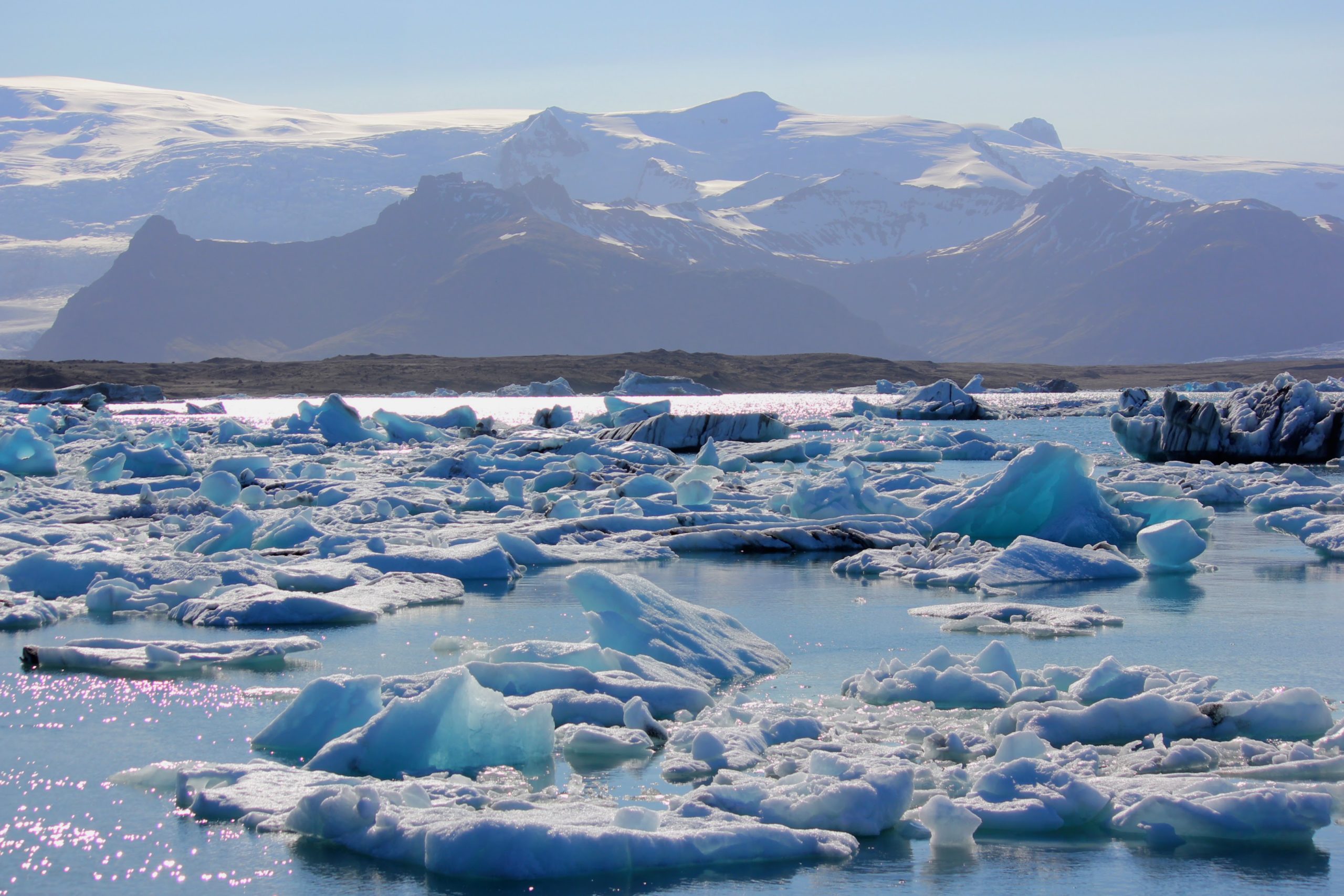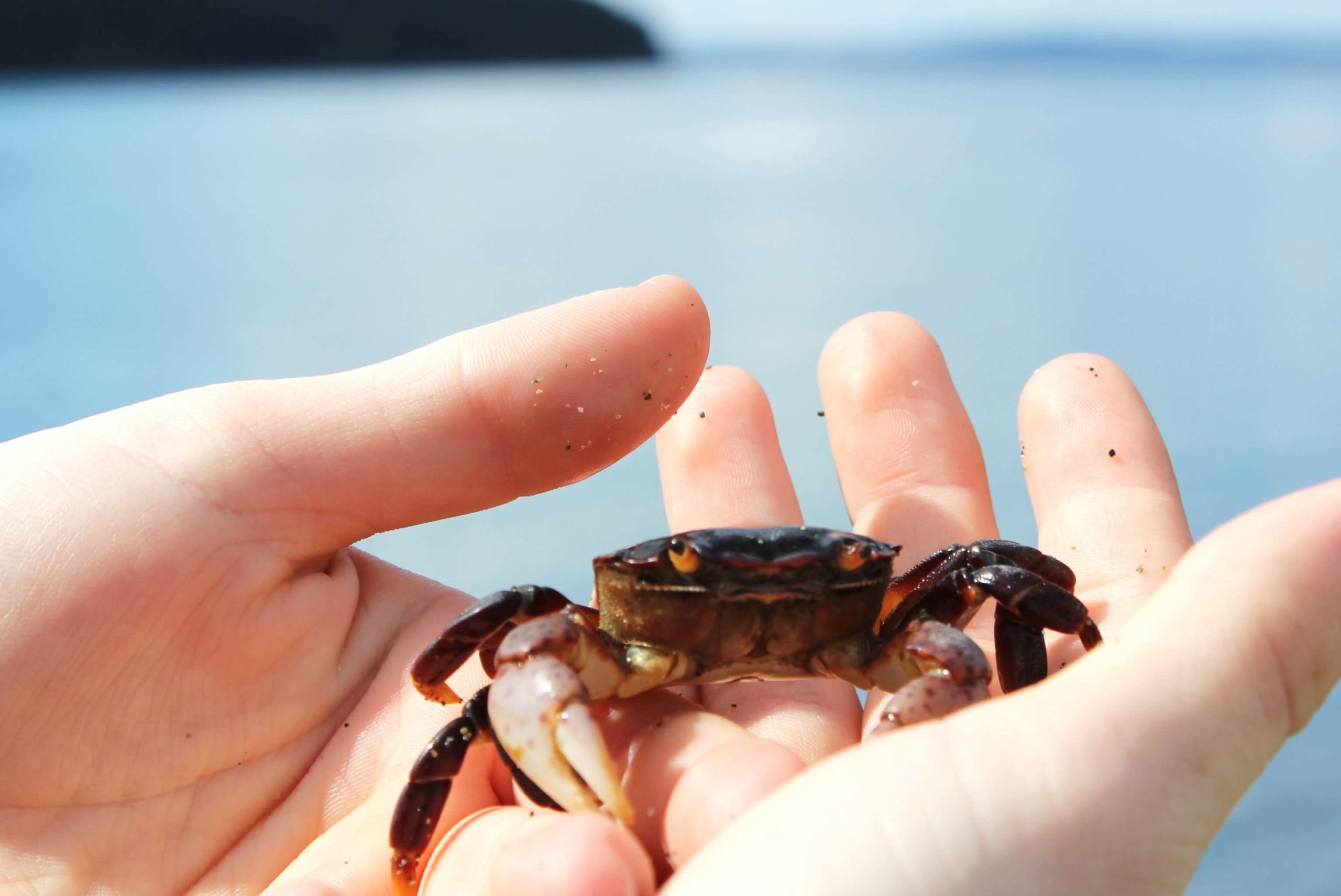
As the climate crisis worsens, talk of geoengineering increases—something that used to be resolved for science fiction and worst-case scenarios. We live in a time that is the stuff of science fiction now, and the worst-case scenarios are becoming our reality. These discussions aren’t hypothetical anymore, and it has many people wondering—will geoengineering save the planet? Can it?
These discussions take place without the general public, and so few outside of the environmentalist and general science communities know exactly what it means. Most people don’t know the risks, the benefits, how it could be done, or where science is at with these efforts. Since the climate emergency is now severe, those who are for geoengineering are pushing to use it immediately. It will affect every living being on this planet, and yet scientists, politicians, and environmentalists are the only ones in on the conversation. That needs to change. People in these communities tend to assume that the general masses will not be able to comprehend the issues or the science, and don’t have the patience (or frankly, the time) to explain it to them—especially as climate change only becomes more extreme.
That’s where environmental journalists, eco-artists, and science communicators come in—like me!
We need people who are in the field, who know how to communicate what they know (and are willing to do so). This is important in all scientific fields, but with something on such a global scale? It is essential that everyone is in the loop when it comes to this issue. That way they can decide for themselves the answer to the billion dollar question. Will geoengineering save the planet? Let’s get into it.
What is geoengineering?
This term sounds so broad, and the meaning of it can be. Basically, geoengineering means an effort to restructure the planet’s functions through human efforts. This can include more invasive measures, or simple tweaks. Generally though, people are referring to the more drastic measures when speaking about the topic.
Who is involved with geoengineering?
For something to be so huge in scale, it’s no surprise that many parties are involved. Policy makers are needed for approval on the projects (again—it has such a big impact that permission on a national level is needed). Scientists are needed from all kinds of fields—it just depends on which kind of geoengineering is needed. For example, if it involves the ocean, scientists and conservationists who work with the sea are needed. Engineers and those with technical skills are needed to build the necessary structures. Animal biologists and local experts are needed to ensure that any efforts made don’t cause harm to the local fauna and flora.

The list goes on, but the bottom line is that geoengineering is an intersectional effort between different fields of work and knowledge.
What are some examples of geoengineering?
There are so many kinds of geoengineering, depending on the issue that is being addressed. There are carbon geoengineering (Carbon Dioxide Removal, or CDR) and solar geoengineering (often called Solar Radiation Management, or SRM). Here are a few of them:
- Albedo enhancement: Increasing the reflectivity of the clouds (scientists have literally found a way to inject clouds with aerosols to make them lighter) or land. It can involve high-tech, like the injections, or it can involve low-tech solutions like painting rooftops white. This keeps solar absorption low, and lessens the heat of the sun felt on Earth. This method is inexpensive compared to other SRM efforts explored, like space reflectors—giant mirrors in space that keep the intense sunlight from even reaching our damaged atmosphere.
- Afforestation: probably the most simple of geoengineering methods. It essentially means that a global tree-planting effort would be made.
- Biochar: Burying biomass (and its carbon) in the ground, so it never gets into the atmosphere.
- Ocean fertilization: Many people don’t realize that the ocean is the biggest carbon sink on the planet. On the bottom, there is a layer of ooze where it settles. Scientists have figured out a way to essentially upgrade the ocean’s efforts so that it can take more in.
Will geoengineering have negative effects on the environment?
While scientists have figured out how to accomplish geoengineering efforts, most of them (and all of the large projects) are brand new—things never tried on a global level. While it’s true that they will accomplish their goals (for example, albedo enhancement will reduce heat), it’s unclear what side effects there will be, or how severe they will be.
Another important note to remember (and a big reason why most of these ideas aren’t being explored on a global level yet) is that what’s good for one ecosystem is not always good for another. It’s virtually impossible to find something that all ecosystems need less of (short of pollution) or more of. Putting a mirror in space will bring more shade and reflect more sunlight, making it cooler. But does every region need that? Is that good for every region? This could kill certain species that need maximum sunlight to grow, or put desert regions out of balance.

Again, the side effects are unclear, and so is the extent to which geoengineering would actively hurt certain ecosystems. There will be sacrifices, but scientists are trying to figure out how big those would be. Potentially, they are huge.
Is geoengineering a good idea?
That’s the big question. Scientists know that the risks are huge. Ocean fertilization could throw the whole ocean out of whack, killing species and ruining the delicate balance of the sea, our great stabilizer. Albedo enhancement could decrease rainfall in areas of the planet that desperately need it. The issue is that our planet is so naturally well balanced, and we are the ones who put it out of balance. Is it wise to meddle further?
Some say yes. They say we have the science to be able to do it, and the benefits outweigh the risks. A good amount say that we have to, stating that although the risks could be catastrophic if carried out into reality, they’re no match for the risks of not doing anything. Many say no, pointing to the gravity of the risks and the problematic nature of putting even more of a human touch on the world.
There is no universal answer from environmentalists, scientists, politicians, engineers, or anyone. It’s unknown territory, and it’s terrifying. The worst part is that we live in a terrifying reality when it comes to the environmental catastrophe, so there is no easy answer.
What’s my opinion on geoengineering?
What’s my opinion? I know that realistically speaking, we may have to turn to geoengineering. Do I think we should though? No. Absolutely not. Unless they’re done sparingly, and as a complement to other environmental efforts, I don’t think the benefits outweigh the risks (short of efforts that are less invasive, like painting building roofs and roads white—those should have been implemented yesterday). Why? Because they don’t get at the root cause.
I believe that geoengineering acts as a crutch for those who want to continue abusing the livable planet. It doesn’t solve the actual issue—purposeful oppression of the natural world, and a continuous effort to enact dominance and violence in order to feel powerful. Those things will continue on, so the planet will go on being harmed, and our geoengineering efforts will need to get more and more extreme. This is widely the opinion held by others in the environmental space.

What are some alternatives to geoengineering?
We need community efforts that focus on fostering a sense of place within locals. This includes making sure every neighborhood has a community garden, access to trees and grass, clean water, and equitable advancements in social equality so every local can feel connected to the land they live on (because who can care about hiking or learning the native species of the area, if one doesn’t have fresh food or a safe home?).
We need politicians to live up to their promises, and put resources into making the transition away from fossil fuels so that eco-energy becomes more affordable as soon as possible (and so that the transition from the finite resource of fossil fuels is a smooth one). We need safer, cleaner, and more widespread access to public transportation.
We need factory farms to be banned, photos of them to be legalized, and conversations to be had about this leading cause of climate change. It can’t be so controversial to bring up, let alone to consider moving away from altogether. We need to prioritize making environmentally friendly animal product alternatives just as affordable, delicious, and available.
We need to turn to the Indigenous people of our lands, as they have been stewards of the land for thousands of years, and keep valuable traditional ecological knowledge alive. They need to be given more resources, protected, and heard.
We need to work on being more globally-minded, locally-focused people. We need to look at the big picture, and view ourselves as a collective: not just as human beings, but as living beings who are part of a delicate and generous ecosystem. We need to start with our locales, and be empowered to make changes there, because those are the changes that will be felt more directly and quickly.
There is a lot that needs to be done, which is why I think we need to work on these things rather than resorting to changing the very functioning of our planet. So will geoengineering save the planet? No—not if we don’t save ourselves first.
Get more like this—Sign up for our daily inspirational newsletter for exclusive content!
__
Photo: Emily Iris Degn




